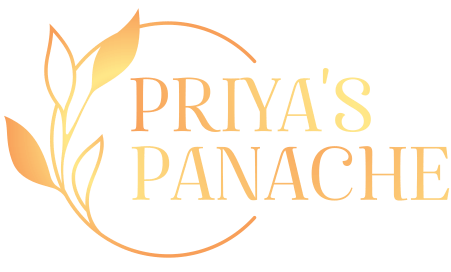The dupatta is an exquisite piece of Indian attire that is known to bedazzle any Indian outfit along with the wearer. The dupatta is pretty prevalent in the West as well, with diverse non-Indians taking up dupattas to match their style statement. Individuals can get various fabric materials for their dupattas in different shades in the markets. Many prefer wearing dupattas in contemporary ways to cover their heads or adorn them on their outfits to look appealing to onlookers.
Let us look into the history of the dupatta and the various assortments of materials available to don one on distinct occasions and parties.
Introduction and History
The word Dupatta comes from the mixing of two Sanskrit words, Du and Patta. Du in Sanskrit means two, while patta refers to the piece of fabric utilized. Thus, dupatta conjoinedly means two pieces of fabric. The usage of the dupatta dates back to the Vedic period when men and women used to wear dresses known as the Adhivasa. The Adhivasa outfit was similar to the modern-day dupatta and was considered a uttariya or shawl for the wearer.
The dupatta is today used by Indian women wearing modern salwar kameez suits and even kurta sets. The dupatta can be worn by women to cover their heads and torso or hang them around the shoulders to provide a more appealing look to the wearer. The designs and artistic touches on the dupatta, along with the soothing colors, can make them look wonderful in any Indian outfit.
Distinct varieties of dupattas are available on the market
There are various varieties of dupattas available on the market, and a few essential ones are portrayed below for the readers to look at.
- Khara Dupatta
The Khara dupatta is an exquisite piece of apparel worn by women from the Hyderabad region. This dupatta is over six meters long, and brides from Andhra Pradesh wear it to look dazzling during the ceremonies conducted in Hyderabad.
- Bandhej Dupatta
The Bandhej Dupatta is pretty prevalent in the region of Rajasthan and is worn by Rajasthani women around the region. The fabric is embellished using glass and mirrors and is adorned with chikankari embroidery on the surface.
- Chiffon Dupatta
Chiffon dupattas are quite famous in India as they are much lighter than other fabrics, and heavy designs are available for the fabrics on the market. This helps the wearer look good wearing a kurta set while adorning a majestic dupatta around the sides.
- Tangail, Baluchari, and Kantha Dupatta
These varieties of dupattas are much used in the state of West Bengal and look good on Bengali women dressed in the traditional salwar kameez outfit. Intricate designs and art forms are created on these fabrics, making them look amazing on the wearer at special functions and events.
Distinct Fabric Materials are Utilized to create Dupattas
There are various fabric materials utilized to create the trend-setting dupatta for Indian women to wear to parties and events. A few of the essential types are suggested below to take a look at.
- Chiffon
This fabric material is quite lighter than the other ones available on the market and can be adorned during the hot summer days in India. The fabric being lighter doesn’t pose any problem to the wearer, and brighter colors can suit the style statements for the summer season.
- Georgette
Georgette dupattas are pretty heavier than the chiffon ones due to the heavy embroidery work and designs on the fabric. These dupattas can look good on any woman and also suit simple dresses with their heavy zari and beadwork on the fabric.
- Cotton
The cotton dupattas are also much lighter and made of airy fabric, which can be worn on any occasion or season in India. The cellulose fibers within the fabric material make the fabric lighter with the extravagant block prints and designs on the apparel.
- Net
The net dupattas are also quite similar to the chiffon ones but not as light as the said material. Net dupattas are a trendy outfit among Indian women and are mostly covered with heavy embroidery work with stones and jewels for a glittering effect.
Final Thoughts
To end with, these are a few distinct details regarding the history of dupattas along with the distinct varieties that have been available in the market. Indian women can choose the ones that match their attire and suit themselves up with the proper accessories to look enchanting on special occasions and events around the year.

